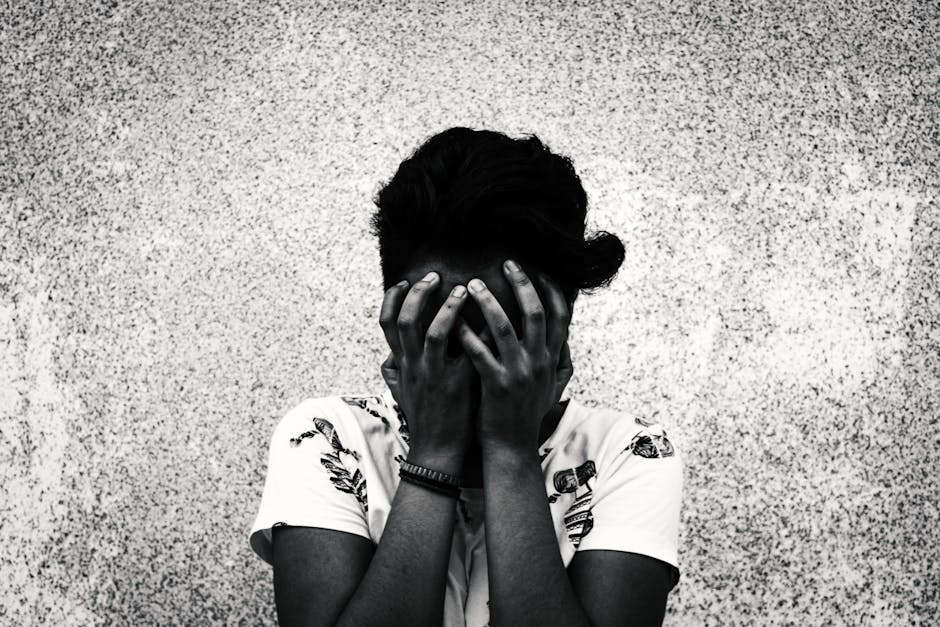Suicide is a tragic global issue that claims the lives of numerous individuals every year. It affects people from all walks of life and is often fueled by a myriad of factors, from mental health struggles to societal pressures. Understanding the nuances behind these statistics is paramount to addressing them effectively. Here, we delve into the ten countries with the highest suicide rates, unraveling the complex causes behind these grim numbers.
Greenland: The Harsh Realities of Isolation and Substance Abuse

Greenland tops the list with an alarming suicide rate of 59.62 per 100,000 people. The vast, icy landscapes, while breathtaking, contribute to a sense of isolation for many residents. Long, dark winters exacerbate mental health issues, including depression and anxiety. Additionally, alcoholism is rampant in Greenland, often leading to impulsive decisions and suicidal actions. The sparse population, scattered across remote areas, means that access to mental health services is limited, leaving many without the support they desperately need. Efforts to enhance mental health awareness and treatment access are critical in this stunning yet challenging environment.
Guyana: Economic Hardship and Cultural Stigma

Guyana, with a suicide rate of 31.26 per 100,000, faces significant economic challenges that heavily influence its mental health landscape. Many of its citizens live in poverty, leading to feelings of hopelessness and despair. Moreover, mental health issues are often stigmatized, discouraging many from seeking help. Cultural beliefs can also play a role, with some seeing suicide as an acceptable response to personal failure or shame. Guyana’s government has started implementing mental health programs to reduce stigma and provide support, but more work is needed to reach those in need effectively.
Lithuania: Societal Transition and Alcohol Dependency

Lithuania experiences a suicide rate of 27.91 per 100,000, rooted largely in societal and economic changes following its transition from a Soviet state. These shifts have led to significant stress for many citizens. Moreover, Lithuania struggles with high levels of alcohol consumption, which is a known factor in both mental health issues and suicides. While the country has made strides in economic development, continued efforts to combat alcohol abuse and improve mental health services are essential. Initiatives that promote community support and reduce isolation can help mitigate some of the underlying causes of these suicides.
South Korea: The Weight of Expectations and Isolation

South Korea, with a suicide rate of 25.81 per 100,000, presents a unique case where cultural and societal pressures weigh heavily on individuals. Academic pressure on students is intense, leading to anxiety, depression, and tragically, suicide when they feel they have disappointed their families. The elderly are another vulnerable group, often facing loneliness as traditional family support structures erode. The South Korean government has taken steps to address these issues by increasing mental health resources and educating the public on recognizing suicidal behavior. The country’s efforts in erecting barriers on bridges and promoting public campaigns reflect a growing awareness of the problem.
Russia: Economic Instability and Mental Health Challenges

Russia sees a suicide rate of 24.1 per 100,000 people. Economic instability and unemployment contribute significantly to stress and mental health struggles among its population. Additionally, Russia has high rates of alcohol consumption, which often amplifies feelings of despair. The healthcare system, while improving, still struggles to provide adequate mental health support, particularly in rural areas. Russia’s emphasis on destigmatizing mental health care and enhancing social services is a step in the right direction but requires more widespread implementation to be effective.
Suriname: Cultural Factors and Limited Mental Health Services

Suriname, with a suicide rate of 23.6 per 100,000, faces cultural and societal influences that contribute to its statistics. Mental health care is limited, and cultural beliefs often discourage openly discussing or addressing mental health issues. Many individuals struggle in silence, impacted by the stigma surrounding mental illness. Economic pressures also play a role, with many citizens facing difficult financial circumstances. Increasing mental health awareness and creating accessible support systems are crucial for tackling the high suicide rates in Suriname.
Nauru: Small Community Challenges and Health Access

Nauru, with a rate of 23.55 per 100,000, is a small island nation where community dynamics can contribute to mental health issues. Being a small, tight-knit society, Nauruans may experience pressure to conform to community expectations, leading to stress and anxiety. Additionally, the limited availability of mental health resources on the island can prevent individuals from receiving the necessary support. Addressing these challenges involves not only improving healthcare services but also fostering a culture of openness around mental health.
Ukraine: Political Turmoil and Economic Pressure

Ukraine’s suicide rate stands at 23.17 per 100,000, heavily influenced by ongoing political instability and economic hardship. The conflict in eastern Ukraine and its economic repercussions have taken a psychological toll on the populace. Anxiety and post-traumatic stress are common among those affected by the conflict. The healthcare system, strained by the conflict’s demands, struggles to provide comprehensive mental health support. Initiatives focusing on crisis intervention and mental health education can aid in addressing Ukraine’s suicide rates.
Uruguay: Urban Life and Growing Mental Health Awareness

Uruguay has a suicide rate of 21.31 per 100,000, where urban living contributes to mental health challenges. The pressure of city life, coupled with economic issues, often leads to feelings of isolation and anxiety. However, Uruguay is progressively recognizing the importance of mental health, implementing campaigns to raise awareness and reduce stigma. By continuing to promote mental health education and support services, Uruguay aims to lower its suicide rates.
Lesotho: Socio-Economic Challenges and HIV/AIDS Impact

Lesotho reports a suicide rate of 20.57 per 100,000, with socio-economic difficulties and the impact of HIV/AIDS playing significant roles. Many families face extreme poverty, leading to hopelessness and despair. Additionally, Lesotho has one of the highest HIV/AIDS prevalence rates globally, contributing to societal and individual stress. Addressing these challenges requires comprehensive strategies that focus on improving economic opportunities and healthcare access, particularly for mental health services.
Understanding the profound and varied reasons behind each country’s suicide statistics is crucial for creating effective prevention strategies. By addressing the root causes, increasing awareness, and improving access to mental health care, we can hope to reduce the number of lives lost to this preventable tragedy. Each of these countries faces unique challenges, but all share the need for compassion and proactive mental health strategies.
**Source**







